Taiwan Motor Transport Company 台灣汽車客運公司 (or simply Táiqì 台汽) was a state-owned enterprise founded in 1980, partly to take advantage of the newly-completed National Freeway 1 國道一號 running along the western coast of Taiwan from Keelung to Kaohsiung. Considerable investments were made into an extensive fleet of vehicles, more than two dozen bus stations, and a massive maintenance depot (previously documented on this blog). Despite enjoying a monopoly on long distance, intercity coach travel, the company struggled to remain profitable in its first decade of operations—and when the market was deregulated and opened to competition in the early 1990s, its fate was sealed. After incurring another decade of losses Taiqi was privatized in 2001 under the name Kuo-Kuang Motor Transport Company 國光汽車客運股份有限公司, which continues to operate today, albeit on a much smaller scale. One consequence of the downsizing that preceded privatization was the closure of the Changhua Bus Terminal in Changhua City, the administrative capital of Changhua. Today it remains derelict, a crumbling relic of the optimistic 1980s hidden in the laneways north of the central railway station.
The tile mural at the heart of the bus terminal deserves some additional explication. From left to right it appears to depict three landmarks in Taipei: Chiang Kai-shek Memorial Hall 國立中正紀念堂, the Presidential Office Building 總統府, and what might be Sun Yat-sen Memorial Hall 國立國父紀念館. This is followed by an unambiguous representation of the Great Buddha of Bāguàshān 八卦山大佛, the most famous landmark in Changhua City. Finally, is that the fortified Éluánbí Lighthouse 鵝鑾鼻燈塔 on the far right? That would make sense—it is located at the southernmost point of the island, an allusion to the bus company’s expansive network.
It seems likely this station was abandoned in the late 1990s, not long before Taiqi was effectively dissolved. The lack of Kuo-Kuang insignia suggests that this station was already closed by the time daily operations were transferred in 2001. Sometimes a closure like this can be explained by local population dynamics—but contrary to expectations Changhua City was undergoing a growth spurt throughout the 1990s. Perhaps the station was never operating at capacity? This would not be surprising, particularly since Changhua exists in the shadow of neighbouring Taichung, with its vastly superior transportation options. At any rate, long distance buses bound for Taipei now depart from a modest building1 at the Hépíng 和平 and Zhōngzhèng 中正 intersection, not far from the front of the railway station.
Heading upstairs reveals another side of the bus terminal: a hostel for employees, a useful feature for drivers plying the late night routes far from home. Something like a dozen dorm rooms and a set of communal washrooms can be found on the top two levels of the building, but none of these are particularly interesting, nor are there many intriguing artifacts left behind. The only outlier is a headless doll on a chair in the corridor, obviously a prop from a photoshoot, and no cause for concern.
Although this bus terminal is popular with urban explorers in Taiwan, both for its accessibility and the impressive size of the main hall, not much is written about it online. For more information and photos you can try blog postings here and here. If you’re interested in visiting I suggest doing so soon—this sort of derelict building is almost certainly destined for demolition at some point in the future (though it presently serves as a paid parking lot). It is also worth noting that this is one of the last remaining relics of the original Taiqi transportation network that hasn’t been renovated or destroyed. For more about the Taiwan Motor Transport Company check out my post about their former maintenance depot, now vanished.
- I was informed on Facebook that this is the original intercity bus station for Changhua City, predating the construction of the terminal documented in this post. ↩
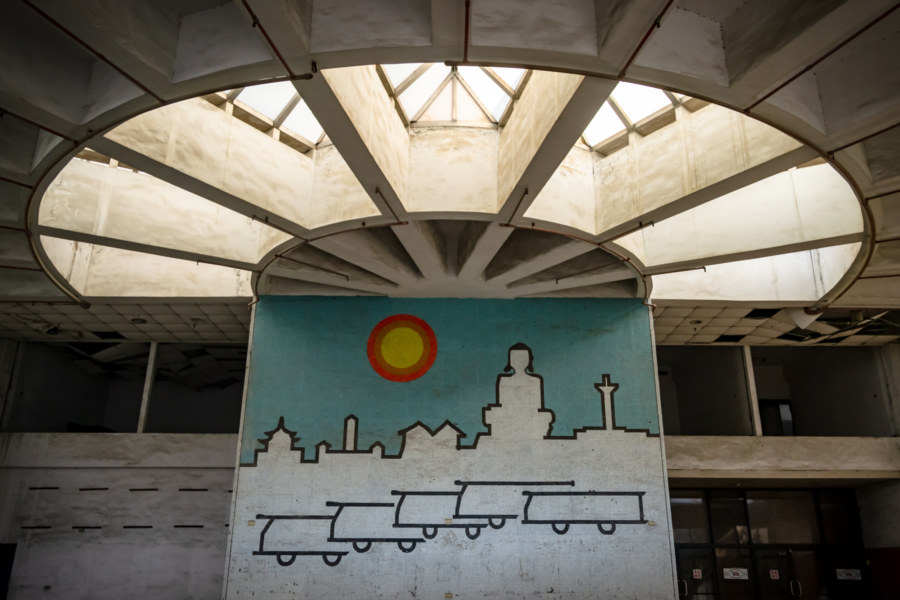
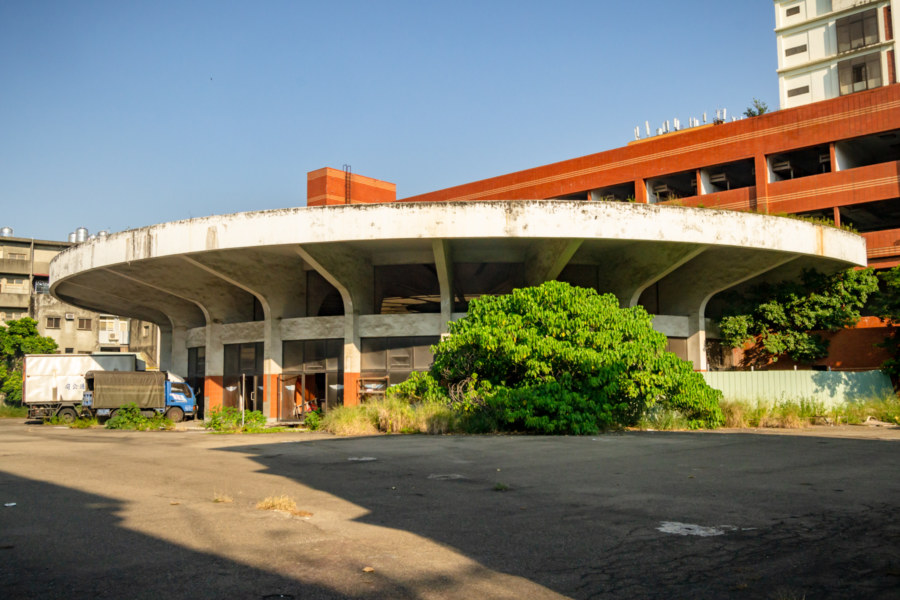
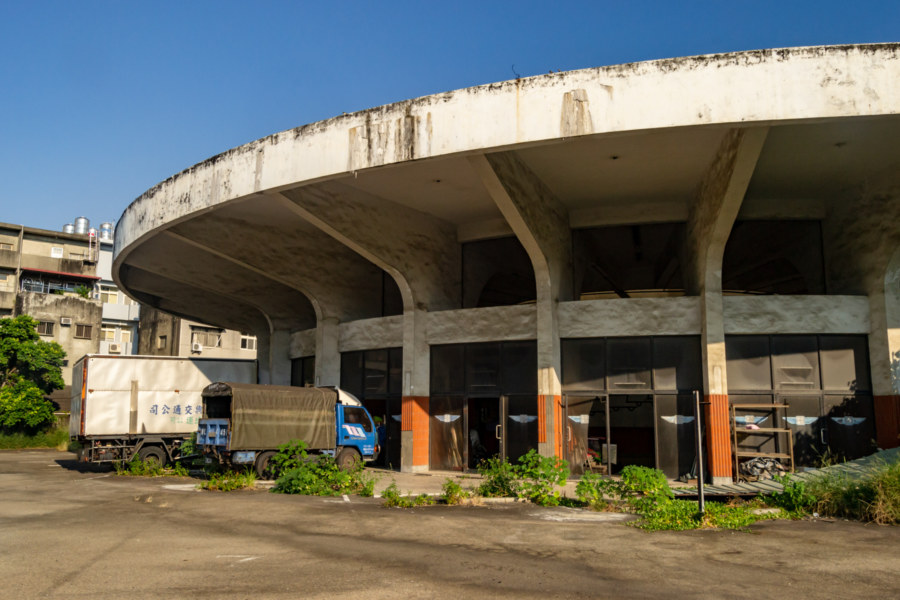
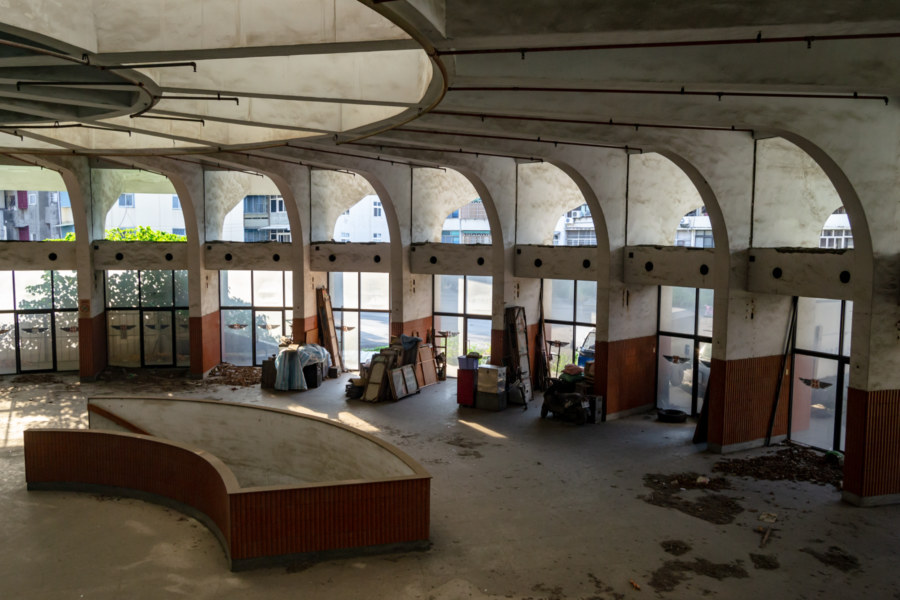
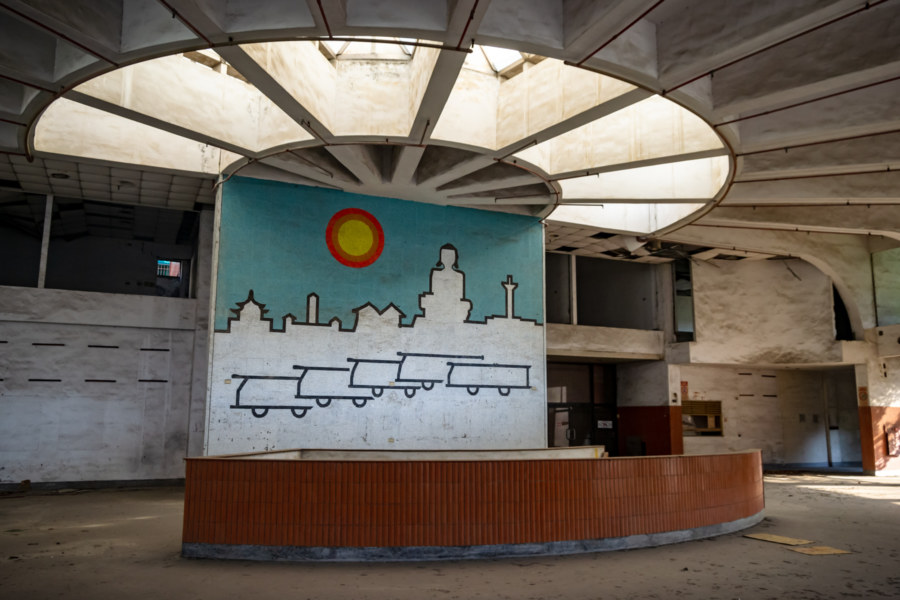
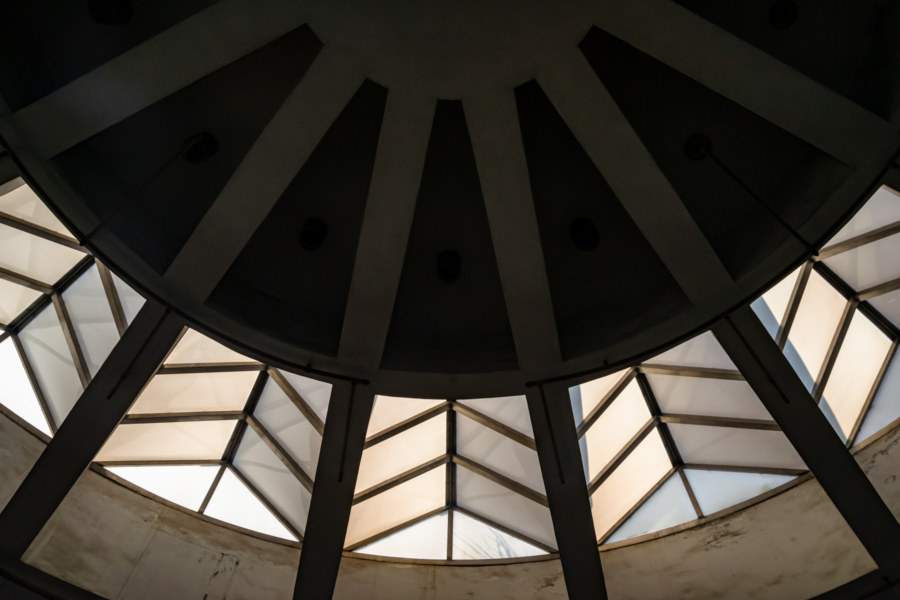
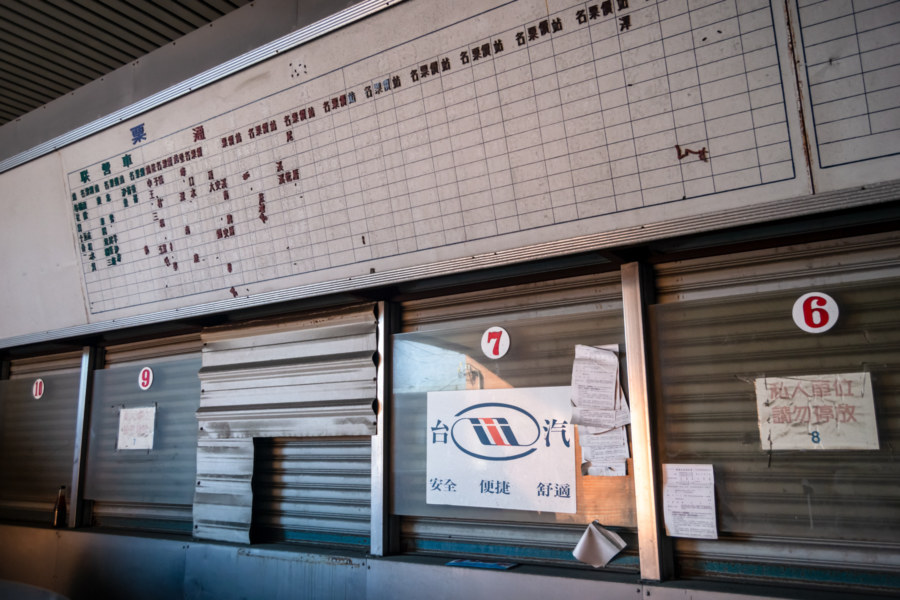
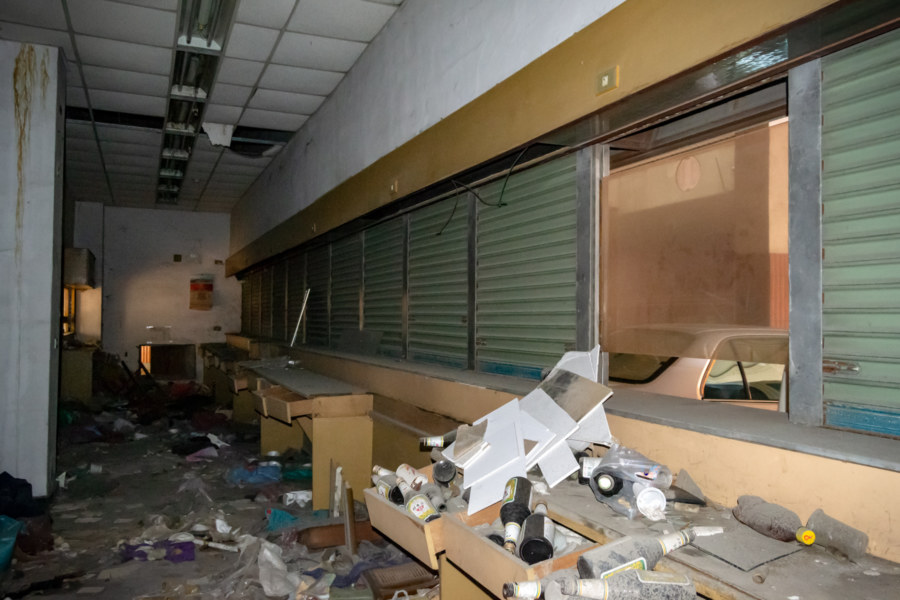

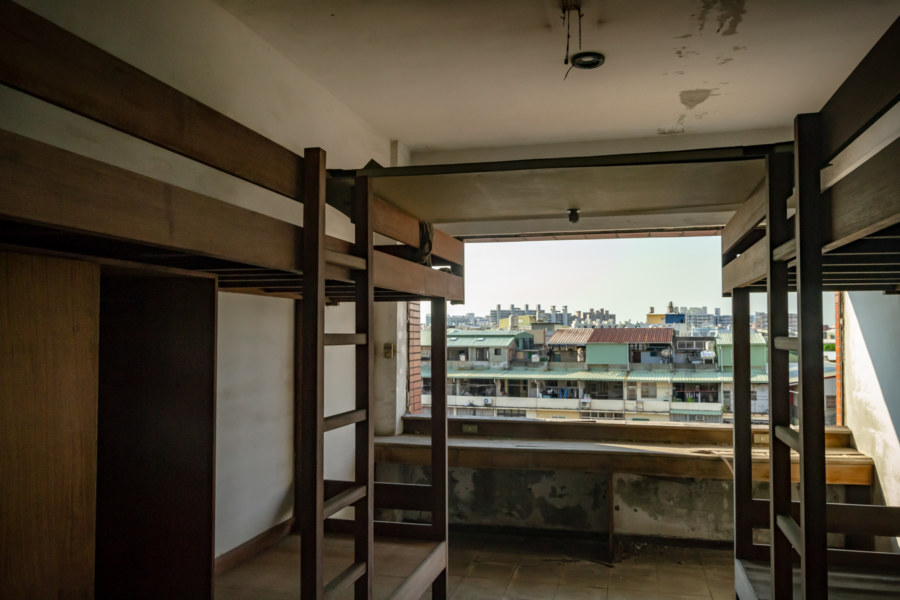
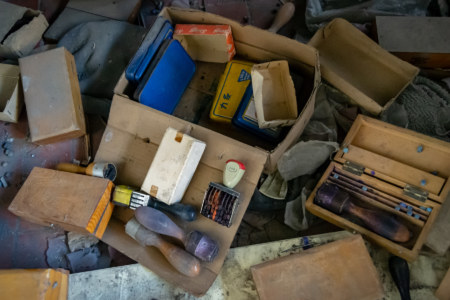
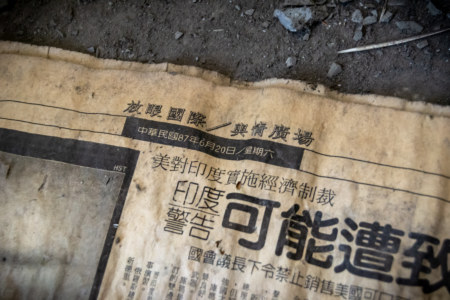
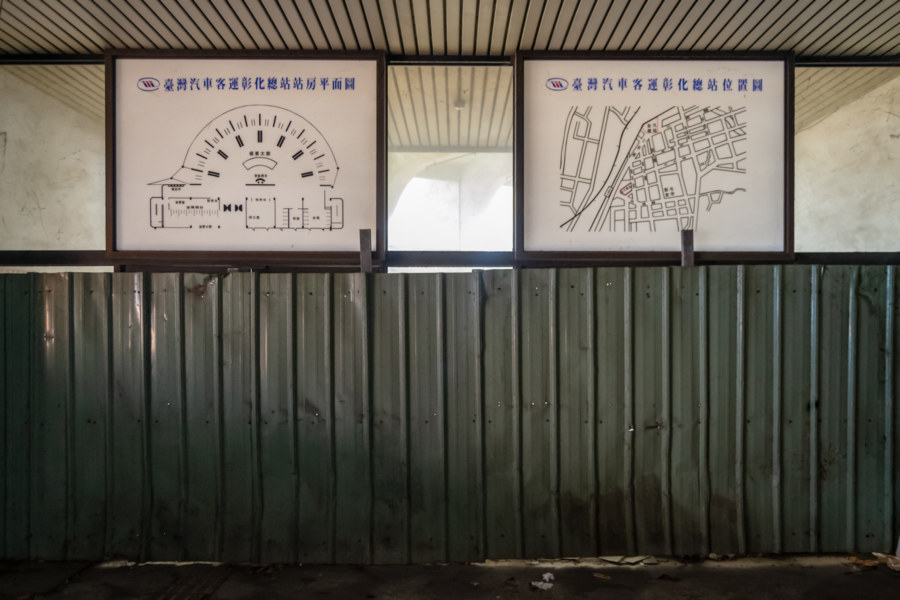
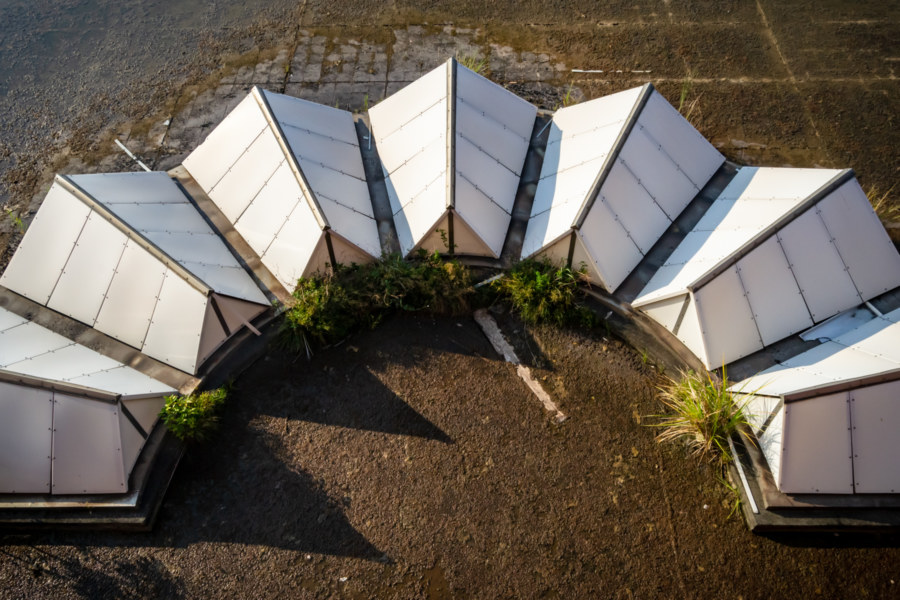
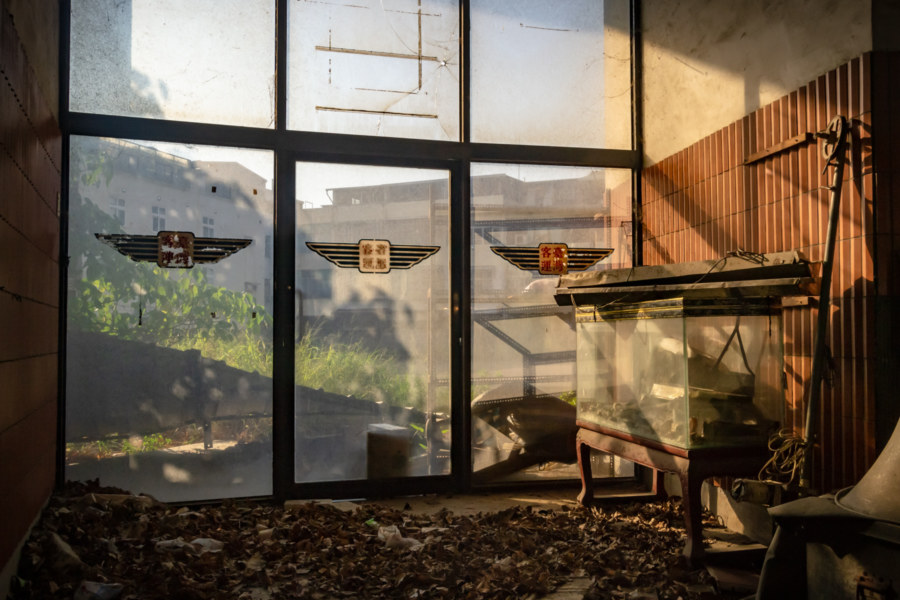
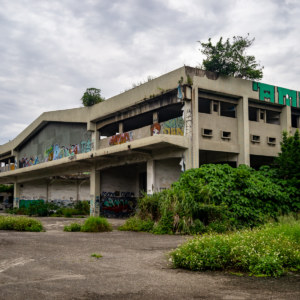
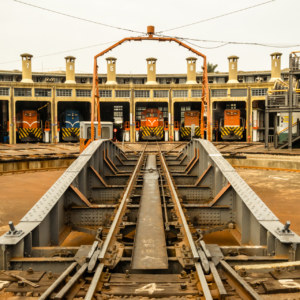
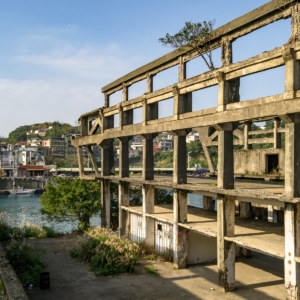
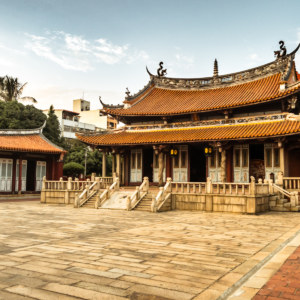
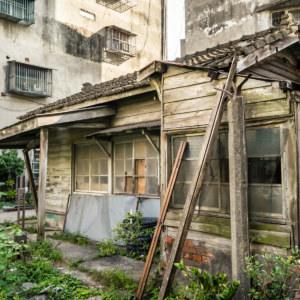
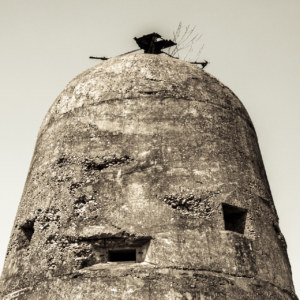

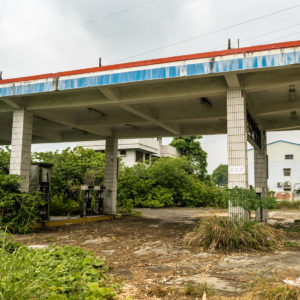
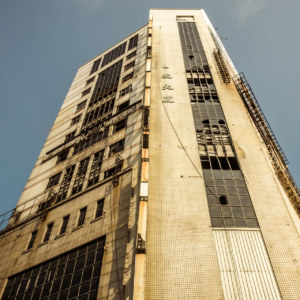
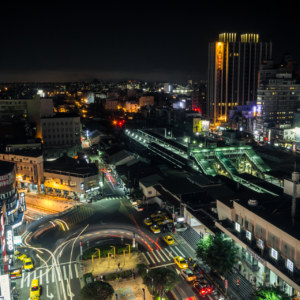
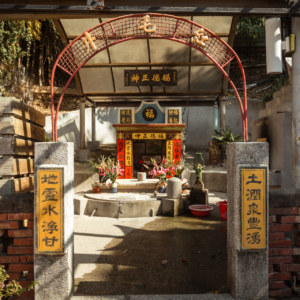
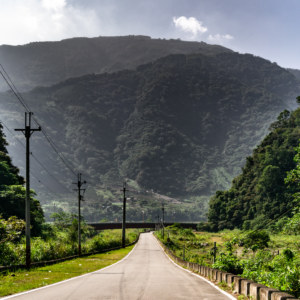
Thanks for the detailed information! I have been there too but didn’t know the story behind this place…